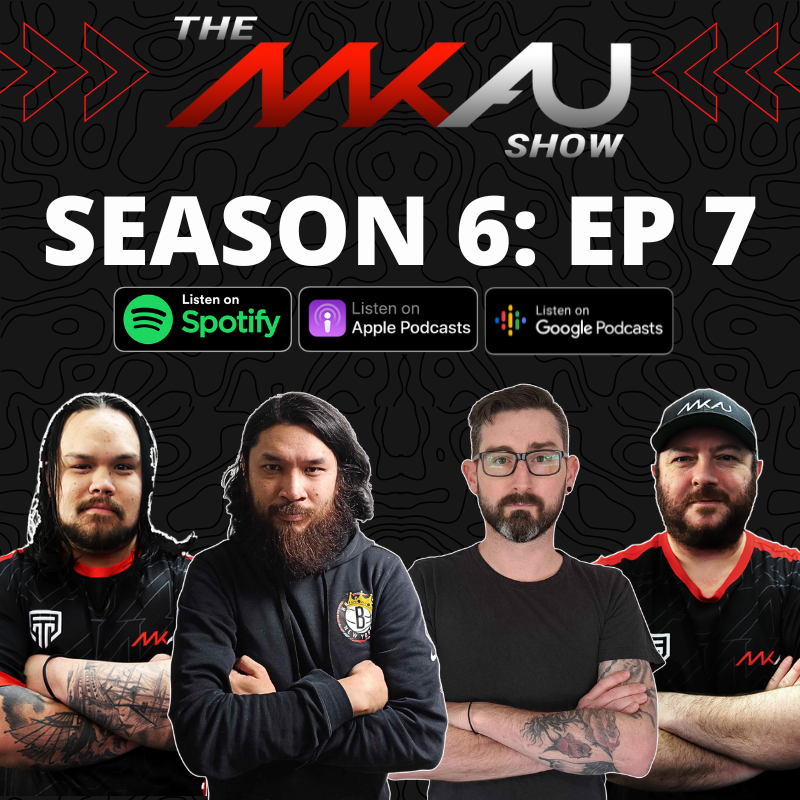
Tactical strategy game ‘Broken Lines’ has made the leap to the consoles for a broader audience to get their hands on this Indie title. Developed by PortaPlay and published by Blowfish Studios, players will be treated to an equal parts narrative-driven and strategic experience with the threat of perma-death looming overhead.
In the heart of WW2, two carrier planes are gunned down and crashed behind enemy lines. The few surviving soldiers are left with little more than a dwindling hope and have to persevere through the plethora of gas-masked nightmares that litter the lands between them and salvation. Eight total characters offer charming sarcasm, uptight yet serious demeanour, and various levels of moral standards that the challenges of war which will test the limits of their mental states and team synergies.
The strategy elements of this game on surface level can seem to replicate the ‘I go and then you go’ style of combat which X-Com has comfortably made themselves the current benchmark. In practice though, the combat functions in eight-second intervals that lets you arrange an entire unit’s actions during a planning phase and you can watch your plan play out all at once. The catch is the enemy team functions the same way, so telling your soldiers to flank an enemy may fail as they may have decided to flank you in the same action phase.

Using a controller can pose some issues but the planning phase offering the player as much time as they would like to plan eliminates the issues of taking a bit longer. Cycling through the characters was quick and easy with the bumper buttons and the two thumb sticks offer a smooth manner to scan the map and plot out the path of your soldiers. Having a silhouette of your soldier with lines of sights, weapon percentages for accuracy and a solid line to show if they could travel that far in a single turn was vital to the decision-making as the fog of war could also hide potential enemies.
You are also offered a reaction turn, however, if you put a plan in place and then your team is ambushed, the game offers you a chance to change your choices but it can still be too late to completely mitigate the risks as your revised plans may only lessen the damage you take as opposed to negating all damage.
Being in fights constantly, being ambushed, or being knocked down will all affect your soldiers’ composure and if their panic levels reach critical, they will abandon a push and seek cover. The mental toll of that particular soldier can deteriorate between missions and if they are knocked down twice in a single mission they are permanently dead.

There is so much to keep on top of that the relatively short game can offer five main storyline endings and a large combination of ways to get there, with a very special surprise if you beat the campaign. As mentioned earlier, your soldier’s composure is a major factor and is reflected with their portrait’s appearance deteriorating and that 1000-yard stare becoming ever more prominent.
I found the harder decisions were in team composition as certain characters clash with their personalities and get a debuff when paired together. The challenge comes from having to rotate your soldiers anyway between each mission as it could allow someone to heal, as carrying a previous knockdown debuff into the next mission straight away will mean they are one down away from permanent death.
The final component of crucial decision-making comes in equipping your team with the right weapons and abilities. A handy independent individual named Izkor is able to offer a storefront that sells supplies that helps keep the composure high or weapons with readily available stats to continuously increase your firepower. All of this is purchased with salvage that can be earned through missions, looting optional crates, and completing text-based side quests that are multiple-choice options with questionable morals that can either increase or decrease team animosity.

The difficulty of managing everything above can be compounded by the four levels of difficulty. I played through on normal and lost multiple soldiers and had to repeat several missions due to poor overall management. The hardest difficulty make my characters feel incredibly squishy and their accuracy seemed to be unnecessarily low. The customisation of the difficulty can offset this though which lets you adjust how many times you can be knocked down for example which means you can tailor the perfect experience if you feel you are not facing the challenge you want.
The complexity is layered heavily in the gameplay loop but the same can’t be said for how good this game looks. The mission landscapes are in manageable sizes with good lines of sight so are ultimately enjoyable to play. The lack of detail and smeared textures though are not exactly as immersive as the decision-making. The portraits of the characters slowly succumbing to the hard ache were noticeable and a good indication of their status, even if they were just static poses. I felt the same for the music and sound design as they offered an ambient experience rather than using it to carry a scene as there was no voice acting.
Broken Lines is an impressive strategy game port to the consoles that takes to the controller with ease. Immersion is layered heavily in keeping your troops alive, calm, and healthy with plenty of reason to try again when it is all said and done.

The Good
- Planning strategies is easy to pick up, hard to master
- Storyline and dialogue are intriguing and deep
- Multiple endings and a surprise when you finish the campaign
- Permadeath made me care about characters
- Controller friendly
- Customisable difficulty settings
The Bad
- Visual art leaves something to be desired
- Team mates AI effectiveness can fluctuate dramatically at times








